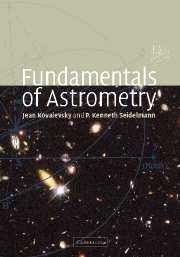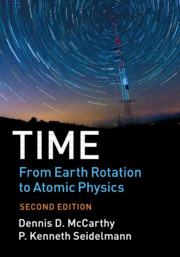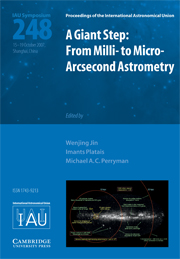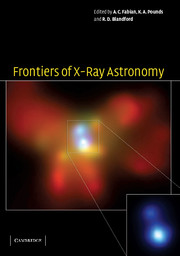Fundamentals of Astrometry
Astrometry encompasses all that is necessary to provide the positions and motions of celestial bodies. This includes observational techniques, instrumentation, processing and analysis of observational data, reference systems and frames, and the resulting astronomical phenomena. Astrometry is fundamental to all other fields of astronomy, from the pointing of telescopes, to navigation and guidance systems, to distance and motion determinations for astrophysics. In the last few decades, new observational techniques have enabled improvements in accuracy by orders of magnitude. Starting from basic principles, this book provides the fundamentals for this new astrometry at milli- and micro-arcsecond accuracies. Topics include: basics of general relativity; co-ordinate systems; vectors, tensors, quaternions, and observational uncertainties; determination and use of the celestial and terrestrial reference systems and frames; applications of new observational techniques; present and future star catalogues and double star astrometry. This comprehensive reference will be invaluable for graduate students and research astronomers.
- A complete description of astrometry, the method that underpins modern astronomy
- Describes observational techniques for determining the positions and motions of celestial bodies
- Includes astronomical values, acronyms and definitions
Product details
July 2004Hardback
9780521642163
422 pages
254 × 180 × 28 mm
0.998kg
Available
Table of Contents
- 1. Introduction
- 2. New observational techniques
- 3. Basic principles and coordinate systems
- 4. Treatment of astronomical data
- 5. Principles of relativity
- 6. Apparent displacements of celestial objects
- 7. Extragalactic reference frame
- 8. Dynamical reference frame
- 9. Terrestrial coordinate systems
- 10. Earth orientation
- 11. Stars
- 12. Double and multiple star systems
- 13. Astronomical phenomena
- 14. Application of theory to observations
- Appendices.







